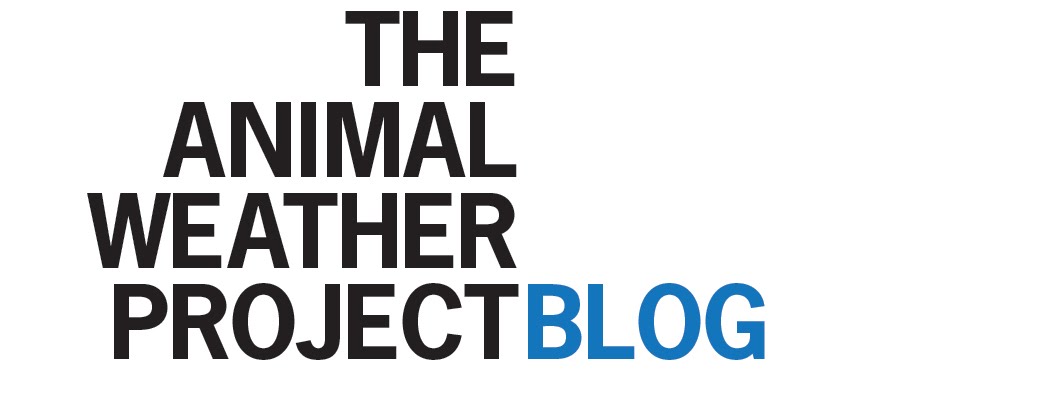
Common toads appear to be able to sense an impending earthquake and will flee their colony days before the seismic activity strikes. The evidence comes from a population of toads which left their breeding colony three days before an earthquake that struck L'Aquila in Italy in 2009. How toads sensed the quake is unclear, but most breeding pairs and males fled.
They reacted despite the colony being 74km from the quake's epicentre, say biologists in the Journal of Zoology.
It is hard to objectively and quantifiably study how animals respond to seismic activity, in part because earthquakes are rare and unpredictable. Some studies have been done on how domestic animals respond, but measuring the response of wild animals is more difficult.
Even those that have been shown to react, such as fish, rodents and snakes tend to do so shortly before an earthquakes strikes, rather than days ahead of the event. However, biologist Dr Rachel Grant of the Open University, in Milton Keynes, UK, was routinely studying the behaviour of various colonies of common toads on a daily basis in Italy around the time a massive earthquake struck. Her studies included a 29-day period gathering data before, during and after the earthquake that hit Italy on 6 April 2009. The quake, a 6.3-magnitude event, struck close to L'Aquila city, about 95km (60 miles) north-east of Rome.
Dr Grant was studying toads 74km away in San Ruffino Lake in central Italy, when she recorded the toads behaving oddly.
Five days before the earthquake, the number of male common toads in the breeding colony fell by 96%.
AMPHIBIAN PHENOMENA
Dr Grant has also shown that many amphibians around the world synchronise their mating activity by the full Moon, a phenomenon not reported before. The world's first truly monogamous amphibian was described earlier this year.
That is highly unusual for male toads: once they have bred, they normally remain active in large numbers at breeding sites until spawning has finished. Yet spawning had barely begun at the San Ruffino Lake site before the earthquake struck.
Also, no weather event could be linked to the toads' disappearance. Three days before the earthquake, the number of breeding pairs also suddenly dropped to zero. While spawn was found at the site up to six days before the earthquake, and again six days after it, no spawn was laid during the so-called earthquake period - the time from the first main shock to the last aftershock. "Our study is one of the first to document animal behaviour before, during and after an earthquake," says Dr Grant.
She believes the toads fled to higher ground, possibly where they would be at less risk from rock falls, landslides and flooding.
Exactly how the toads sense impending seismic activity is unclear. The shift in the toads' behaviour coincided with disruptions in the ionosphere, the uppermost electromagnetic layer of the earth's atmosphere, which researchers detected around the time of the L'Aquila quake using a technique known as very low frequency (VLF) radio sounding.
Such changes to the atmosphere have in turn been linked by some scientists to the release of radon gas, or gravity waves, prior to an earthquake. In the case of the L'Aquila quake, Dr Grant could not determine what caused the disruptions in the ionosphere. However, her findings do suggest that the toads can detect something.
"Our findings suggest that toads are able to detect pre-seismic cues such as the release of gases and charged particles, and use these as a form of earthquake early warning system," she says.
One other study has quantified an animal's response to a major earthquake.
Researchers had the serendipitous opportunity to measure how the behaviour of the desert harvester ant (Messor pergandei) changed as the ground began to tremble in the Mojave Desert, California, on 28 June 1992.
The largest quake to hit the US in four decades struck during the middle of an ongoing study, which measured how many ants walked the trails to and from the colony, the distributions of worker ants and even how much carbon dioxide the ants produced.
However, in response to that 7.4 magnitude quake, the ants did not appear to alter their behaviour at all.
From the BBC: http://news.bbc.co.uk/earth/hi/earth_news/newsid_8593000/8593396.stm
More information & comment: http://www.staunchusa.com/tag/open-university/




